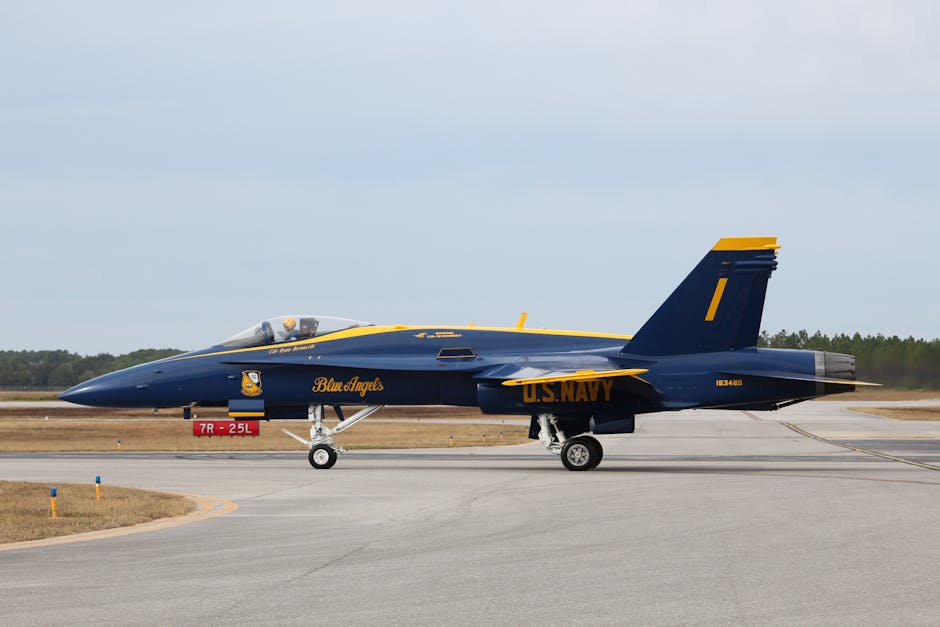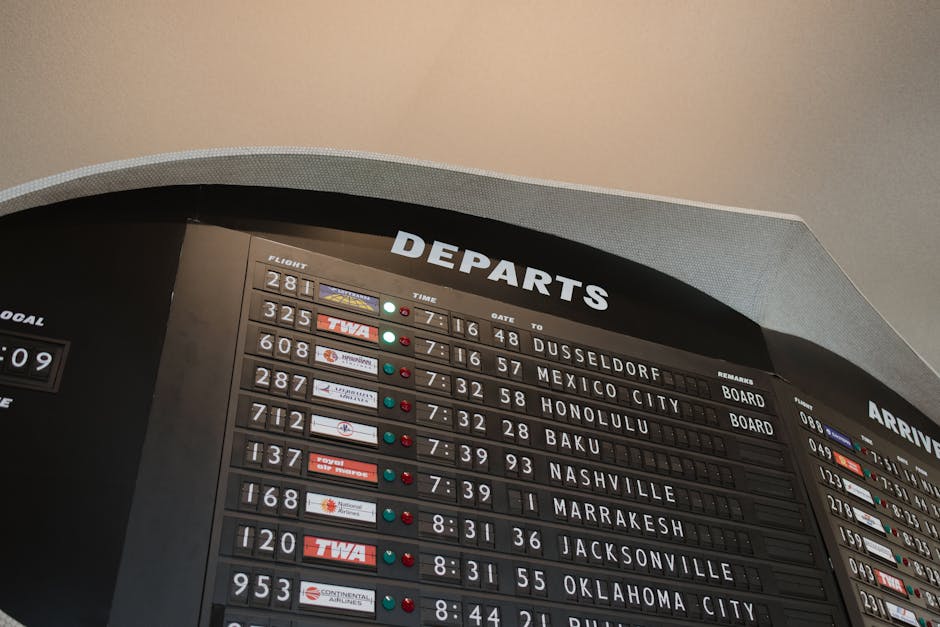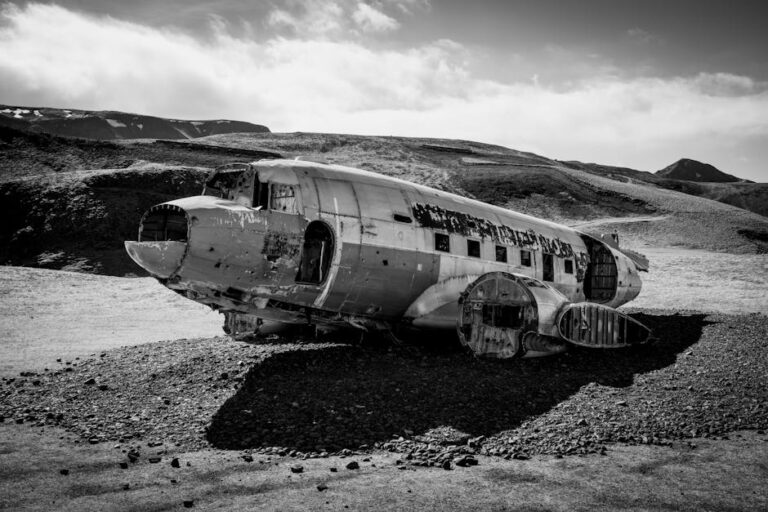Jacksonville Fire Rescue Airport: A Deep Dive into Emergency Response at JIA
Jacksonville Fire Rescue Airport: A Deep Dive into Emergency Response at JIA
Jacksonville International Airport (JIA) is a bustling hub of activity, handling thousands of passengers and countless flights daily. Behind the scenes, a critical element ensuring the safety and well-being of everyone on the airport grounds is the Jacksonville Fire and Rescue Department (JFRD) Airport Division. This dedicated team plays a vital role in preventing and responding to a wide range of emergencies, from small incidents to major catastrophes. This article delves into the intricacies of JFRD’s operations at JIA, exploring their training, equipment, response protocols, and the crucial role they play in maintaining the airport’s safe and efficient operation.

The JFRD Airport Division: A Specialized Unit
The JFRD Airport Division isn’t just another fire station; it’s a specialized unit with highly trained personnel and equipment tailored specifically for the unique challenges of airport firefighting and rescue. Unlike traditional fire departments that primarily deal with structures and residential areas, the Airport Division confronts the complexities of aircraft incidents, hazardous materials, and large-scale evacuations. This requires a distinct skill set and an understanding of aviation safety regulations.
The division’s personnel undergo extensive training, encompassing specialized firefighting techniques for aircraft incidents, hazardous materials handling, emergency medical response, and swift water rescue. They are rigorously tested and certified to the highest standards, ensuring they’re prepared to handle any emergency situation that might arise at JIA.

Equipment and Resources: Prepared for Any Eventuality
The JFRD Airport Division boasts a fleet of state-of-the-art firefighting vehicles and equipment specifically designed for airport operations. These include:
- Aircraft Rescue Fire Fighting (ARFF) vehicles: These specialized trucks are equipped with high-capacity water tanks, powerful pumps, and specialized agents to extinguish aircraft fires quickly and effectively.
- Rescue vehicles: These vehicles are designed for rapid extrication of passengers from damaged aircraft.
- Emergency medical services (EMS) units: The division maintains fully equipped EMS units to provide immediate medical care to injured passengers and crew.
- Hazardous materials response units: Given the potential for hazardous materials incidents involving aircraft, the division possesses specialized equipment and trained personnel to handle spills and leaks.
- Specialized equipment: This includes thermal imaging cameras, breathing apparatus, and other specialized tools necessary for effective response.
The strategic placement of these resources throughout the airport ensures minimal response times, a crucial factor in minimizing the impact of any incident.

Response Protocols: A Coordinated Effort
The JFRD Airport Division doesn’t operate in isolation. Their effectiveness relies on seamless coordination with other agencies and airport personnel. Their response protocols are meticulously crafted to ensure a swift and coordinated response to any emergency. These protocols involve:
- Immediate dispatch: Upon receiving an emergency call, dispatchers immediately alert the appropriate JFRD units and other relevant agencies, initiating a rapid response.
- Scene assessment: Upon arrival, firefighters conduct a rapid assessment of the situation to determine the extent of the emergency and the best course of action.
- Incident command system: A clearly defined incident command system ensures effective communication and coordination among all responding personnel.
- Emergency medical care: Injured passengers receive immediate medical attention from the division’s paramedics and EMTs.
- Passenger evacuation: In case of evacuation, the division works closely with airport personnel to ensure the safe and orderly evacuation of passengers.
- Post-incident investigation: After the immediate emergency, a thorough investigation is conducted to determine the cause of the incident and to identify any areas for improvement in safety protocols.
Training and Preparedness: Continuous Improvement
The JFRD Airport Division is dedicated to continuous improvement. Their personnel undergo regular training and drills to maintain their skills and preparedness. This training includes simulated emergency scenarios that replicate real-world situations, allowing firefighters to practice their response protocols and refine their techniques. The division also actively participates in national and international training programs to remain at the forefront of aviation emergency response.
Collaboration and Partnerships: A Network of Support
The JFRD Airport Division collaborates closely with various agencies and organizations to ensure a coordinated and effective response to emergencies at JIA. This includes partnerships with:
- Jacksonville International Airport Authority: The airport authority plays a crucial role in coordinating airport-wide emergency response.
- Federal Aviation Administration (FAA): The FAA provides guidance and regulations related to airport safety and emergency response.
- Other emergency services: JFRD coordinates with other emergency services, including police, paramedics, and hospitals, to provide a comprehensive response.
- Airlines and other airport tenants: Airlines and other airport tenants have their own emergency plans that complement and support JFRD’s operations.
The Importance of JFRD at JIA: Ensuring Safety and Efficiency
The JFRD Airport Division plays an indispensable role in ensuring the safety and efficiency of Jacksonville International Airport. Their preparedness, training, and collaboration with other agencies are critical to maintaining the airport’s reputation for safety and providing a secure environment for passengers, crew, and airport personnel. Their dedication goes beyond simply responding to emergencies; it extends to proactively preventing them through regular safety inspections, training exercises, and collaboration with airport stakeholders. The unseen work of the JFRD Airport Division is a testament to their commitment to ensuring the smooth and safe operation of JIA.
Future of Airport Fire Rescue: Technological Advancements and Challenges
The field of airport fire rescue is constantly evolving, with technological advancements playing a significant role in improving response capabilities. New technologies, such as advanced firefighting foams, thermal imaging cameras with enhanced capabilities, and drone technology for scene assessment, are continuously being integrated into the operations. However, challenges remain. Maintaining adequate staffing levels, securing sufficient funding for equipment upgrades, and keeping up with the ever-changing demands of a growing airport remain ongoing concerns. The JFRD Airport Division continues to adapt and innovate, ensuring they remain prepared for the challenges of the future.
Conclusion: A Dedicated Team, A Safe Airport
The Jacksonville Fire Rescue Airport Division is a critical component of JIA’s overall safety and security infrastructure. Their dedication, expertise, and commitment to continuous improvement are vital in maintaining the airport’s operational efficiency and ensuring the well-being of everyone who passes through its gates. Their efforts often go unnoticed, but their impact is immeasurable. The next time you fly through JIA, take a moment to appreciate the crucial role played by these unsung heroes, who are always ready to respond to any emergency, ensuring a safe and secure journey for all.






